A Tapestry of Desire and Resistance
For over a decade, Zorian Clayton, curator of prints at London’s V&A museum, has been on a quiet, determined mission. Scouring one of the world’s oldest and largest photography collections, he has sought out the queer traces and narratives often overlooked by traditional art history. The result of this extensive research is the museum’s first LGBTQIA+ photobook, Calling The Shots: A queer history of photography, a landmark publication that rewrites the canon by recentring those traditionally left out.
Encompassing works from the mid-19th century to the present day, the book weaves together a global tapestry of lens-based practices. It juxtaposes pioneering icons like Cecil Beaton and Julia Margaret Cameron with powerful contemporary voices such as Zanele Muholi and Nan Goldin. Rather than presenting a linear chronology, the publication is structured by evocative thematic chapters—Icons, Body, Staged—to offer a deliberately expansive and non-linear view of queer visual culture. This approach beautifully highlights the visual continuities and shared languages of desire, identity, and resistance that transcend time.
Reclaiming the Narrative
The book’s powerful title, Calling The Shots, is a direct nod to the idea of agency and self-representation. Clayton illustrates this with the work of artist duo James Barrett and Robin Forster, who famously broke into an AIDS hospital’s X-ray room to take erotic images of themselves. In doing so, they reclaimed their narrative from both the medical establishment and photojournalism, asserting control over their own image and story. This act of defiant self-definition is a thread that runs throughout the collection, emphasising the profound difference when queer people are the authors of their own representation.
This curatorial process has actively reshaped the V&A’s collection itself. Identifying gaps in the archive led to targeted new acquisitions, particularly of work by trans and non-binary artists who were previously absent. A standout example is the work of Marvel Harris, a young trans masculine photographer from the Netherlands. His intimate self-portrait, ‘manhood’, which documents his top surgery scars, opens the ‘Body’ chapter. For Clayton, acquiring such work is deeply personal, but it also serves a greater public purpose: ensuring these proud narratives of trans joy and identity enter a national collection and can be shared with a global audience.
A Historic ‘Gaydar’ and Timeless Threads
One of the most compelling revelations of the book is the uncanny visual familiarity of queer expression across centuries. Clayton observes that queer spaces, behaviours, and appearances possess a visual overlap that feels oddly contemporary. “If you’re an LGBT+ person, you can have this historic gaydar, even through a static image,” he notes. A Henri Cartier-Bresson photograph from 1933, ‘Alicante’, which captures a queer-looking individual doing a woman’s hair in the street, exemplifies this—an anonymous subject who nonetheless communicates a recognisable identity across the decades.
This timelessness is visually underscored by pairing images taken over a century apart. In the ‘Body’ chapter, a George Dureau portrait from 1979 is placed next to an Oscar Gustav Rylander study from 1857. Both display a strikingly similar homoerotic aesthetic, proving that certain visual traditions and poses are enduring art forms. This challenges the neat, movement-driven narrative of traditional art history, suggesting instead a continuous, living conversation between generations of artists.
An Expansive and Unified Vision
In choosing the expansive term ‘queer’ for the title, Clayton and the V&A aimed for maximum inclusivity. The term serves as a unifying umbrella for a diverse and expanding community, fostering a sense of solidarity and intersectionality. While acknowledging the complex debates around labels within the community, the editorial approach was intentionally broad, ensuring the book included a wide spectrum of LGBTQIA+ identities, from gender identity to sexuality. The hope is that the publication fosters empathy and unity, celebrating the shared humanity within these diverse experiences.
Calling The Shots is more than a photobook; it is a vital act of historical reclamation. By gathering these images—from the hidden and subtle to the defiant and celebratory—Zorian Clayton has not only illuminated a rich and often suppressed history but has also ensured that future generations will see themselves reflected in one of the world’s great cultural institutions. It is a powerful reminder of photography’s role not just in documenting history, but in making it.
This exploration of identity and form through photography resonates with my own passion for capturing structured beauty. If you appreciated the architectural compositions discussed here, you might enjoy exploring the dramatic lines and perspectives in my own Architecture collection.




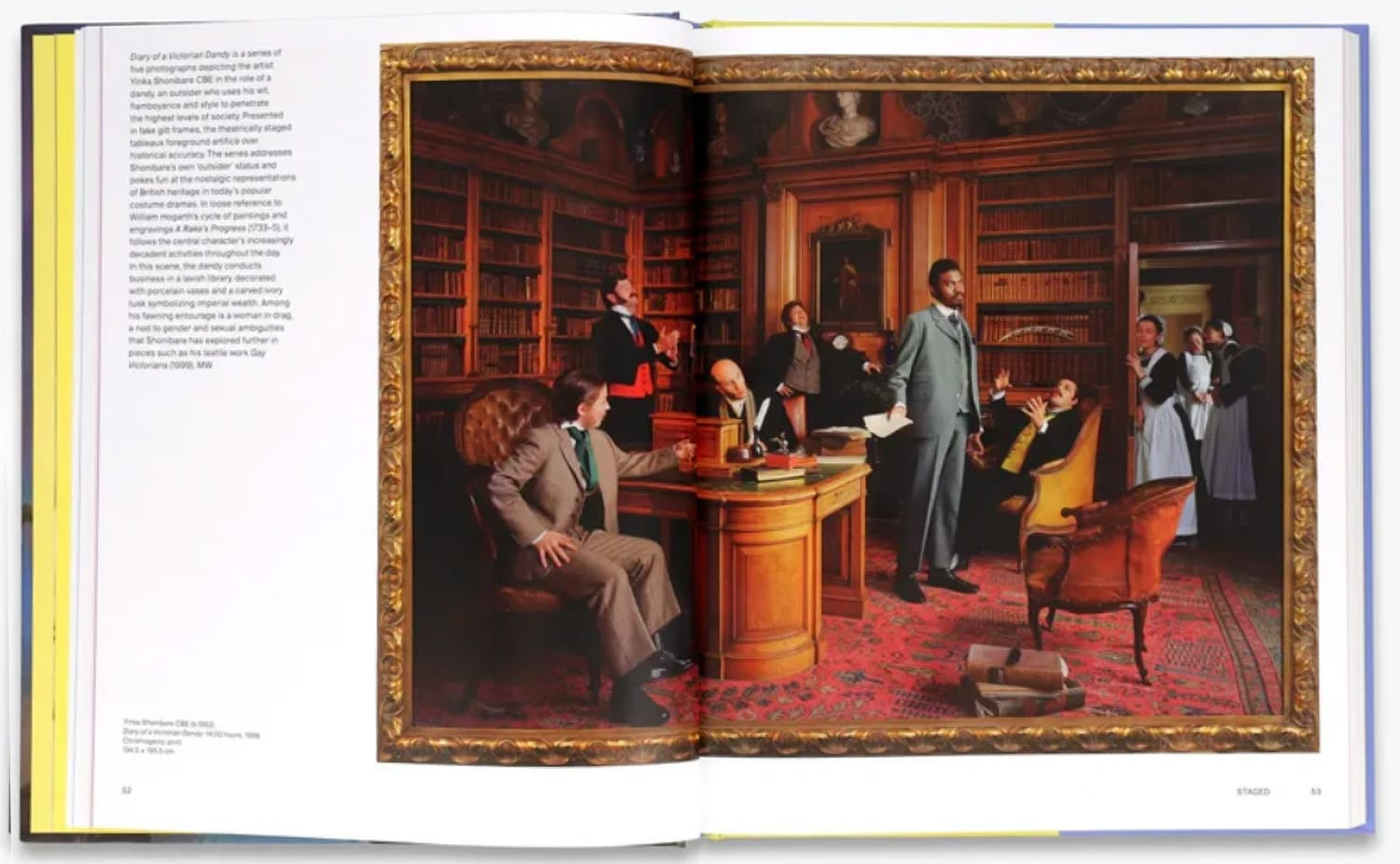
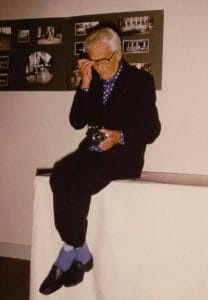
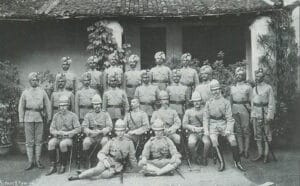
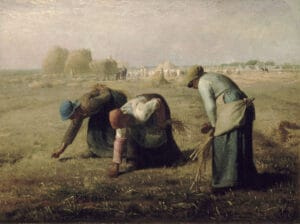
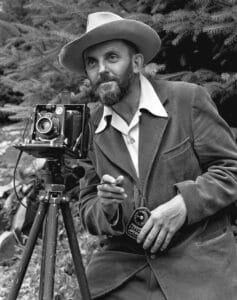
One Comment
How do you think reclaiming agency and self-representation in photography can reshape the way queer histories are remembered and shared?